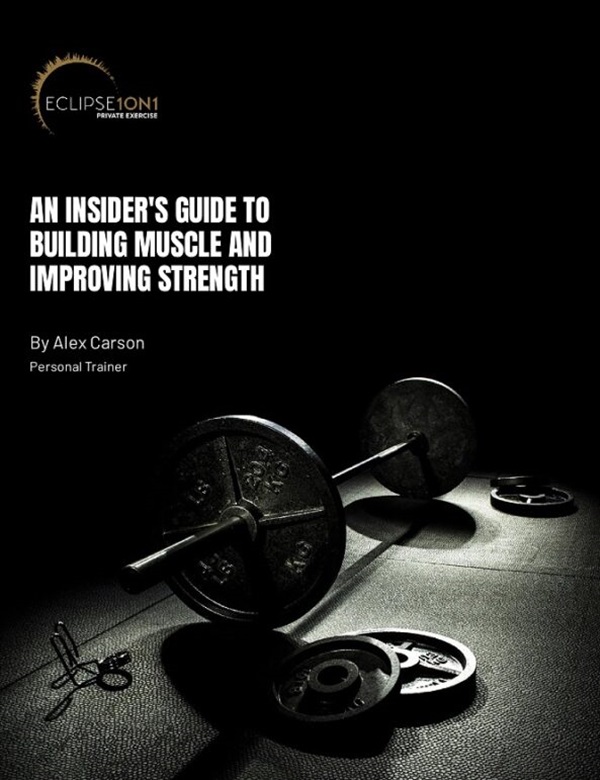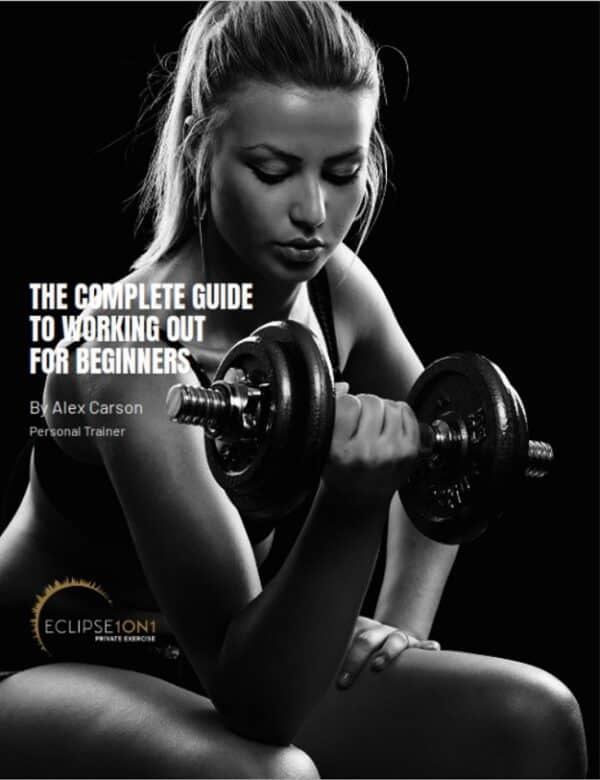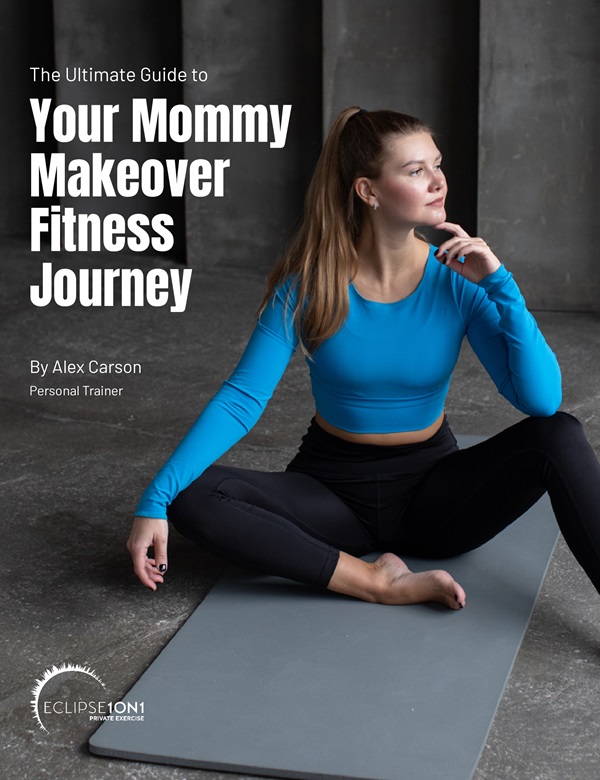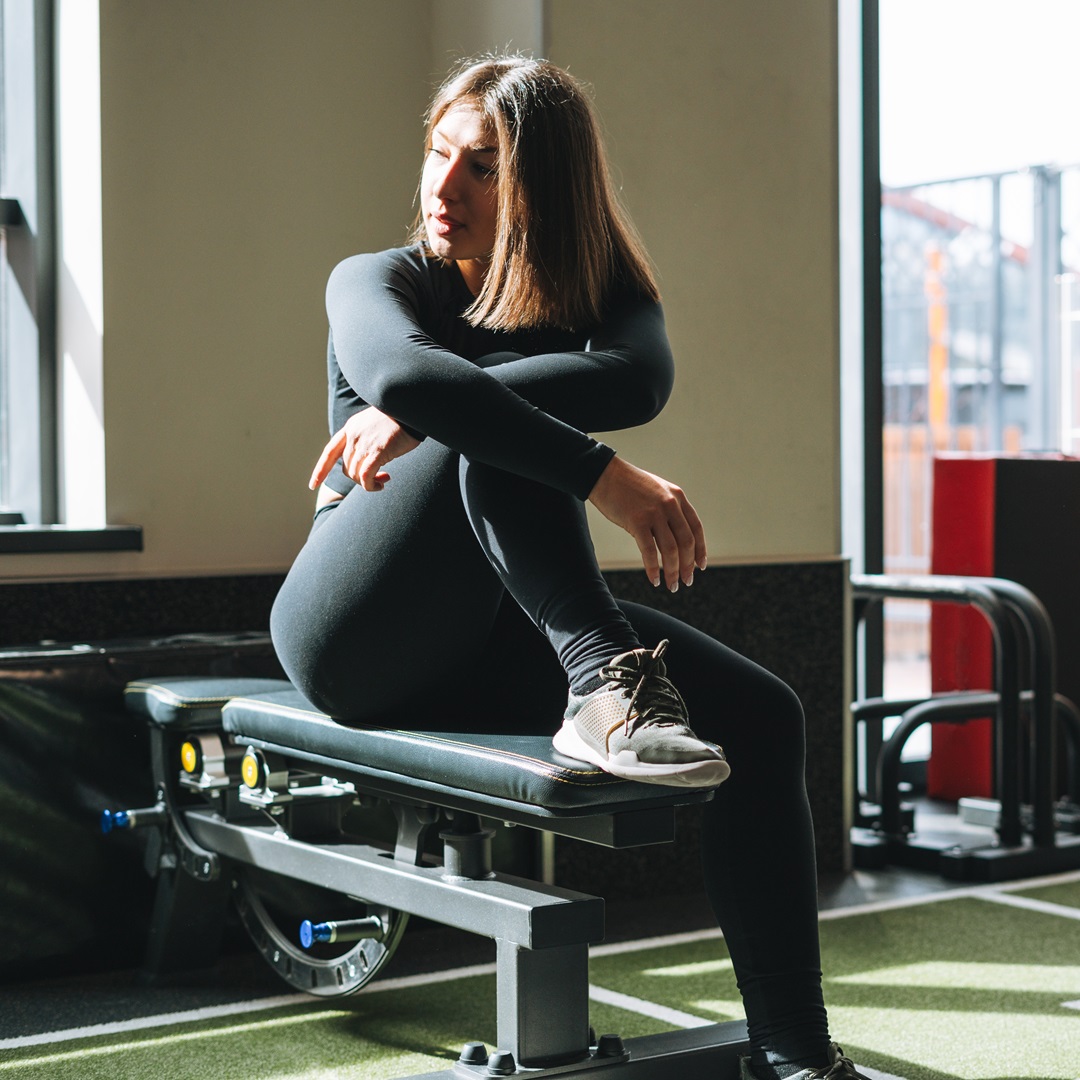How Stretching Benefits Your Personal Training Regimen
How Stretching Benefits Your Personal Training Regimen
Is stretching part of your personal training regimen? If not, it should be. If you want to develop and maintain optimal fitness – and take your athletic performance to the next level – then you need to include stretching in your exercise regimen. Stretching is critical to not only athletic performance, but also to overall health.
How? Check out these stretching benefits.
- Increases Flexibility: Regular stretching can help increase your flexibility, which is crucial for your overall health. Not only can improved flexibility help you to perform everyday activities with relative ease, but it can also help delay the reduced mobility that can come with aging.
- Increases Range of Motion: Being able to move a joint through its full range of motion gives you more freedom of movement. Stretching on a regular basis can help increase your range of motion.
- Improves Physical Performance: Performing dynamic stretches prior to physical activities has been shown to help prepare your muscles for the activity. It may also help improve your performance in an athletic event or exercise.
- Increases Blood Flow to Muscles: Performing stretches on a regular basis may improve your circulation, which increases blood flow to your muscles and shorten your recovery time and reduce muscle soreness.
- Improves Posture: Muscle imbalances are common and can lead to poor posture. In fact, a combination of strengthening and stretching specific muscle groups can reduce musculoskeletal pain and encourage proper alignment, which, in turn, improves posture.
- Helps Prevent Back Pain: Tight muscles can lead to a decrease in your range of motion. When this happens, you increase the likelihood of straining the muscles in your back. Stretching can prevent a back injury by stretching the muscles.
- Great for Stress Relief: When you’re experiencing stress, there’s a good chance your muscles are tense. That’s because your muscles tend to tighten up in response to physical and emotional stress. Focus on areas of your body where you tend to hold your stress, such as your neck, shoulders, and upper back.
- Can Calm Your Mind: Participating in a regular stretching program not only helps increase your flexibility, but it can also calm your mind. While you stretch, focus on mindfulness and meditation exercises, which give your mind a mental break.
- Helps Decrease Tension Headaches: Tension and stress headaches can interfere with your daily life. In addition to a proper diet, adequate hydration, and plenty of rest, stretching may help reduce the tension you feel from headaches.
Different Types of Stretching
There are several distinct types of stretches you can do before and after a workout.
It’s important to know which types are right for you and when you should use them.
- Dynamic: These are active movements that are not held but still cause muscles to stretch. These are often done to prepare your muscles for movement.
- Ballistic: Ballistic stretching involves bouncing movement to push muscles beyond a normal range of motion. Unless you are working with a professional stretching coach, we recommend you avoid these.
- Static: This involves holding a particular stretch for 10 to 20 seconds. This type of stretch should feel comfortable and is normally done after a workout.
How to Start a Stretching Program
If you are serious about stretching, then start by scheduling a session with Craig Peter, one of Eclipse’s elite personal trainers. Craig is a native of Johannesburg, South Africa, and a former professional soccer player. He has been a part of the Eclipse team since 2003, where he has become well known for his stretching regimens to improve flexibility and reduce injury. Craig’s strength and conditioning background comes from his own intense soccer training, as well as his experience of having worked with young athletes for the past 25 years. He incorporates flexibility and core training into his workouts, and has helped numerous clients improve their overall fitness through stretching.
If you decide to go it alone, however, here are our dos and don’ts you should consider.
Dos
- Talk to Your Doctor: If you have a chronic orthopedic condition or a joint or muscle injury, talk to your doctor before beginning any fitness routine that involves stretching.
- Focus on the Major Areas of Your Body That Help with Mobility: This includes your calves, hamstrings, hips, and quadriceps (thighs). For upper-body relief, use moves that stretch the shoulders, neck, and lower back.
- Moderation is Important: You will notice right away that stretching puts stress on your muscles and joints. If you overstress muscle groups multiple times a day, you risk weakening the tissue, which can lead to damage.
- Know Your Limits: Some research has shown that stretching the muscles before they’re warmed up can cause damage. Exercising first gets blood flowing to muscle tissue, making it pliable. However, that applies only to light physical activity, such as a quick walk, before stretching. There are many opinions about the results of stretching before or after exercise and before engaging in athletic activities. You may already have started to develop some tiny tears in certain muscle tissue and tendons after a very hard run, due to the extreme exertion. So, it may not be wise to follow extreme exertion with an aggressive stretching routine, because that might make some of the tearing worse.
Don’ts
- Avoid Ballistic Stretches: These stretches are commonly called “bouncing.” Ballistic stretching uses the force of your body in motion to push muscles beyond the normal range of motion (for example, bouncing down repeatedly to touch your toes). This type of stretching can lead to injury because it does not allow your muscles to adjust to, and relax in, the stretched position.
- Don’t Stretch Until It Hurts: Proper stretches should never cause pain.
- Don’t Get Discouraged: Certain bad postures or repetitive motions can take years to decrease your mobility, and a long, sedentary period after illness or injury may have a worse impact. So, you shouldn’t expect any series of stretches to restore full range of motion in a few weeks. It may take several weeks just to regain flexibility in certain muscles.
- Don’t Overwork Your Muscles: Once you achieve an ideal range of motion for a joint in any direction, you should stop doing that movement during that workout. Tired and overworked muscles won’t reach a full range of motion.
Don’t Quit: Once you begin getting back some flexibility, stay with the process. You may feel better after several sessions, and that’s an important part of your progress. But you need occasional evaluations from a health care professional or trainer to measure how much your range of motion has improved.








